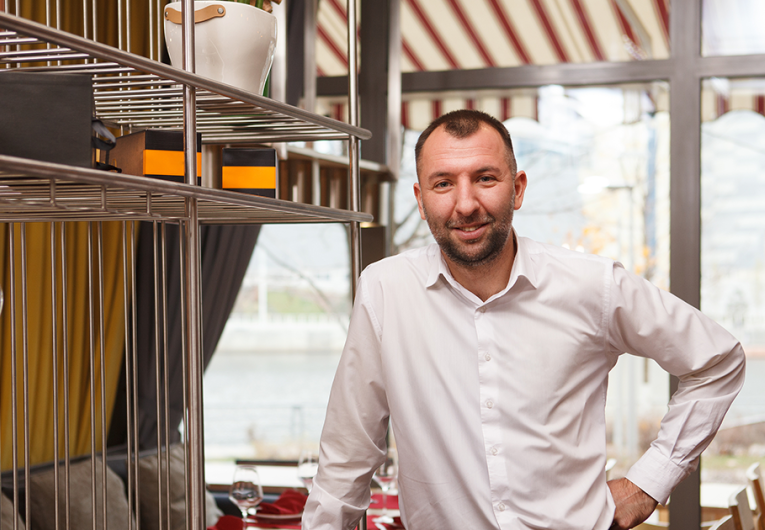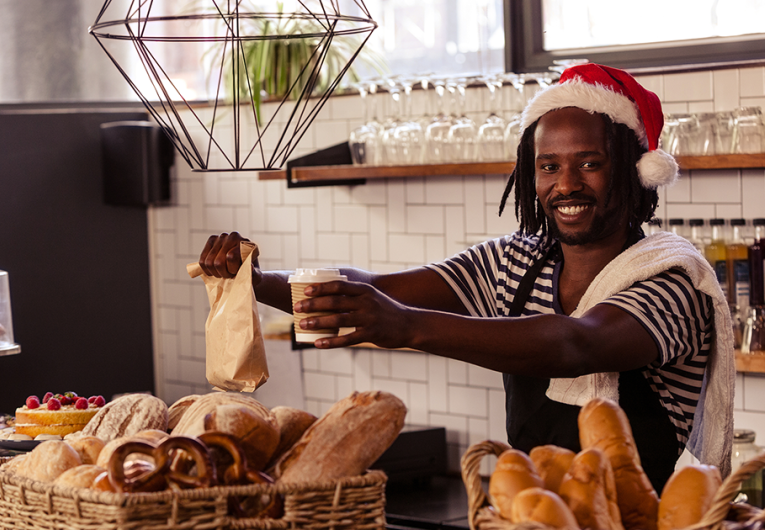
Why Some Businesses are Setting Up Shop in a Physical Space
Some businesses that began as ecommerce-only are opening or considering a physical space to sell their products. Possible options range from long- and short-term leases to temporary areas such as pop-up shops.
The number of “brick-and-mortar” retail stores is growing, according to data from the U.S. Census Bureau and analysis from The Daily on Retail.
Big retailers announced the opening of 8,100 store locations – double the number of stores they have reportedly closed, report retail media and industry groups. The National Retail Federation called it a “bricks and mortar resilience in an omnichannel world.”
And the large retailers aren’t the only ones seeking a physical presence. Vuori, Fabletics and Parachute – traditionally considered as digitally native brands – are investing in brick-and-morter strategies, says Retail Bum in a Trends post.
“Smaller companies are now experimenting as well, opening free-standing shops, leasing from a retail service or securing short-term spaces in other stores,” writes Ellen Rosen in a New York Times article.
Shoppers at Physical Stores
While the popularity of online shopping isn’t going away anytime soon, there are still customers who want to visit a physical store to make a purchase or have that in-store experience.
The 2021 State of Consumer Behavior report says 33 percent of shoppers surveyed prefer brick-and-mortar stores because they can touch and interact with products, says a blog by Shopify.
Another 61 percent said they’re more likely to spend more when shopping at a physical location,” writes Elise Dopson in the Shopify blog.
“The rise of ecommerce hasn’t outdated brick and mortar; it’s highlighted how important both experiences are for customers. Having a brick and mortar store to complement your ecommerce strategy targets both online and offline shoppers,” says Dopson.
According to a report released by the U.S. Census Bureau in April, in-store purchases of clothing and accessories are up nearly 22 percent from a year ago.
“Brick and mortar remains an undeniably successful strategy for retailers,” writes Dopson.
According to Statistica, physical retail continues to outsell ecommerce, with the ratio nearly 4:1, the Shopify post says.
Different Motivators
Deciding to add a brick-and-mortar location varies depending on your business and several factors.
Some entrepreneurs start an ecommerce-only business with no thought to a “traditional” storefront. Others see adding a physical presence as part of a strategy to eventually provide customers across-channel shopping experiences - via desktop, mobile and physical spaces, writes Rosen in The New York Times story.
These “omnichannel” retailers see their brick-and-mortar locations as centers that can provide customers an experience, ranging from in-store events to buy online, pick-up in-store (BOPIS), explains Dopson in Shopify’s retail blog.
You may consider a physical location because of timing - opportunities align for you to reach new customers. Perhaps you’ve spotted a chance for a long, short term or even temporary space available in your community or have new funding to finance expansion.
Temporary Spaces
If you want to test the waters for a possible physical space, consider doing a pop-up shop or even an open-marketplace style shop.
“Pop-up shops are a superb way to experiment with brick-and-mortar,” writes Dopson for Shopify. “Instead of committing to a year-long lease, other retailers with their own storefront lend it to newer companies.”
Other options for a temporary space might be found in community shopping areas, including pop-ups in outdoor settings such as festivals and regularly scheduled events.
In the U.K., small businesses setting up shop in outdoor markets has become a growing trend. According to a post by Sam Bromley in Simply Business, the number of outdoor market stall traders has increased by 92 percent since 2020, making it the fastest-growing industry over the last year.
“Budding entrepreneurs can learn lots about business and what it takes to succeed while keeping start-up costs relatively low,” he writes.
The Same, Not The Same
Small business owners will want to examine the operations and marketing differences between running a physical store vs. an e-retail site, before opening that brick-and-mortar location, says Harvard Business School professor Leonard A. Schlesinger in The New York Times story.
“What makes you a good internet marketer doesn’t necessarily make for a retail store,” he says. “It’s different skills, different talents, and there can be bigger economic risks.
The trends, insights, and solutions you need to grow your business.
By signing up, you’re subscribing to our monthly email newsletter, The
Wire. You may unsubscribe at any time.
Your information stays safe with us. Learn more about our privacy
policy.











![[#MSP_NAME#] Logo](/themes/sparklight_business/images/transition-logos/migration-banner-logo-[#MSP_CD#].png)
